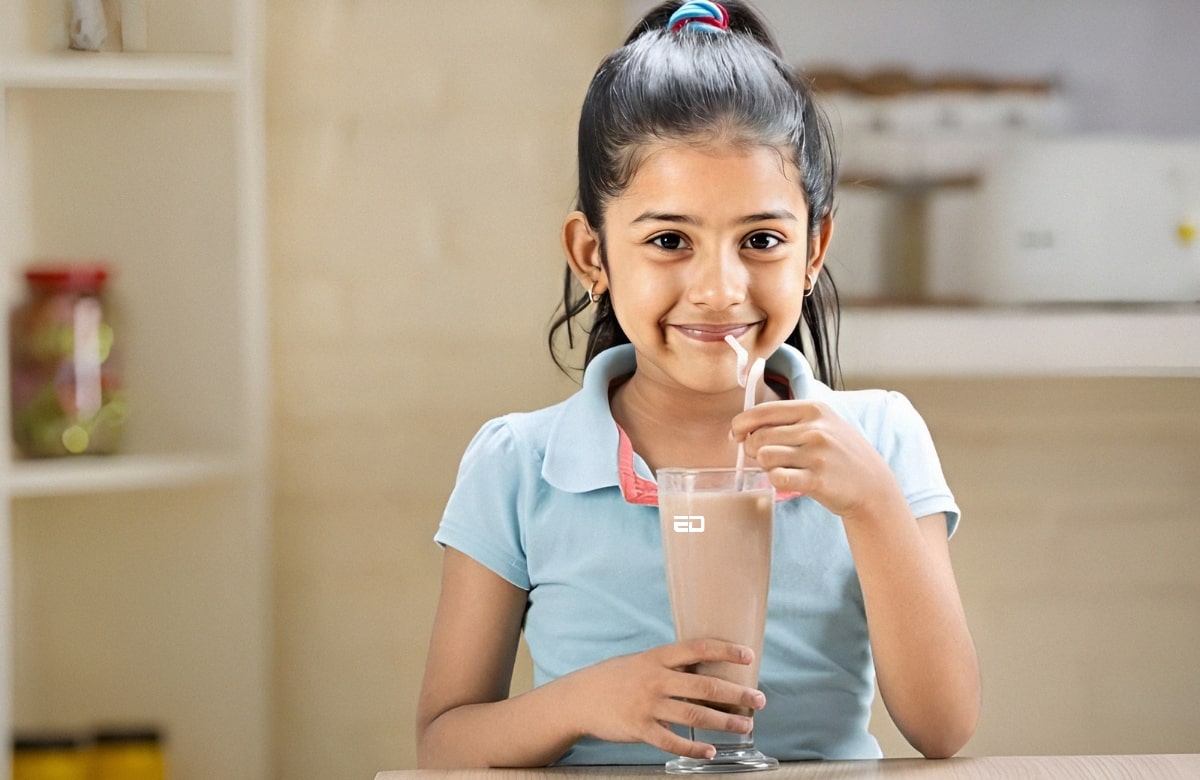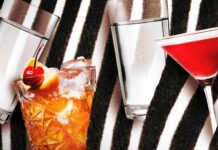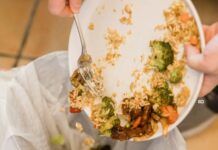Have you too fallen in the trap of advertisements claiming certain drinks and foods to be “nutritional”? Do you blindly trust the NIPs (Nutrition Information Panels) printed in the food labels of the products you consume?
It is now revealed that most of the child products, drinks we consume and packaged food we intake is laden with almost 50% sugar. We get habituated to these things, which might contribute to diabetes. Do the foods we have are really healthy as they claim to be? Let us explore that.
Bouquet Of Diseases Nestled Within So-Called “Nutritional” Drinks:
Are you sure that “nutritional” drinks are really nutritional and healthy? There is a very high chance that every glass of milk you had was laden with at least 50% of sugar content. In fact, you might have added 1 more spoon of sugar in that glass, which you had twice daily.
This is how kids might get addicted to sweets and sugar. Experts say that this habit continues into adulthood, thus backing up the title India has got, “diabetes capital of the world.”
This problem has come to light because of recent controversies regarding Nestle’s Cerelac, that brands have been using ‘added sugar’ to products meant for infants. Although Nestle has denied all such allegations, saying that the reduction of ‘added sugars’ is a primary priority.
Some prominent health drinks are made up of 40-45 grams of ‘total sugar’ per 100 grams. These products direct customers to use at least 2 spoons per serving, which is around 20 grams in quantity. This means that children are being given more than the required amount of sugar on a daily basis.
With a zillion varieties of sugary foods and beverages easily affordable today, parents must be aware of specific recommendations with respect to their young ones’ daily sugar consumption.
“The WHO recommends that adults and children reduce their daily intake of “free sugars” to less than 10 percent of their total energy intake. The term “free sugars” refers to all sugars added to food or drinks, as well as sugars naturally present in honey, syrups, and fruit juices,” says Rajeswari V. Shetty, Head of Dietetics department at SL. Raheja Hospital-a Fortis Associate, Mumbai.
Also Read: What Is The Reason Behind Surge Of Meth Labs In Uttar Pradesh’s Greater Noida?
Long-Term Repercussions:
One in three children has non-alcoholic fatty liver disease (NAFLD), owing to excess sugar consumption.
Dr Piyush Upadhyay, paediatric hepatologist at Ram Manohar Lohia Institute of Medical Sciences (RMLIMS), says that consumption of processed meals high in sugar and unhealthy fats is increasing the risk of liver cirrhosis, which is a very serious condition requiring a liver transplant.
“This imbalance can be caused by several factors, including genetics, a sedentary lifestyle, obesity, insulin resistance and an unhealthy diet. Decades ago, fatty liver disease was primarily caused by alcohol addiction. However, non-alcoholic fatty liver disease is becoming increasingly common. I see around 60-70 children with NAFLD every month, which is more than double the number I saw a decade ago,” he explained.
“Many studies have shown that NAFLD can be reversed in children as well as adults by making lifestyle changes, such as reducing sugar and junk food intake and exercising regularly for at least 30 minutes,” said another gastroenterologist, Dr Punit Mehrotra.
“When we look at all the costs involved in consumption of junk food and sugar and the number of healthy years of life lost, cutting down on sugar seems to save money and keep people healthier for longer,” advised the Director of the gastroenterology department at Medanta hospital, Dr Ajay Verma.
The Starting Point Of Such An Addiction:
We all have lived those nostalgic moments when we used to get chocolates, ice-cream or sweets from our elders as a treat whenever they were pleased. Sweetened foods are used as a bribe to pacify children.
Health experts claim that excessive sugar consumption has a detrimental effect on the health of children. Attractive packaging, with famous cartoon characters and some free toys, are more than enough to attract kids.
Artificial colouring, flavouring and aggressive marketing tactics used by brands to sell products containing ‘added sugar’ to children.
Most of the times, consumers are oblivious to the high levels of sugar hiding behind appealing packaging and misleading health claims.
Thus, it is extremely important to raise awareness, both among consumers and producers about the health hazards; lobby policymakers to adopt stricter actions on advertising unhealthy foods; and set healthy personal diets.
These measures have proven to be useful in the past as well. For example, recent FSSAI actions directed brands to stop promoting products with high sugar content under the “health drinks” category, and so, several big brands have amended their norms.
Even HUL dropped the health label from Horlicks and rebranded it as a functional nutritional drink (FND). Mondelez, the parent brand of Cadbury, followed in these footsteps by withdrawing Bournvita from the same category.
Image Credits: Google Images
Sources: The Economic Times, The Times of India, Mint
Find the blogger: Unusha Ahmad
This post is tagged under: nutritional, nutrition, NIP, diabetes, India, Nestle, Cerelac, WHO, Horlicks, HUL, NAFLD, Mumbai, dietetics, RMLIMS, gastroenterology,Cadbury, Bournvita, FND
Disclaimer: We do not hold any right, copyright over any of the images used, these have been taken from Google. In case of credits or removal, the owner may kindly mail us.
Other Recommendations:
Below Average Student, Blew Up His Money In 20s, Is India’s Fourth-Youngest Billionaire Today




































